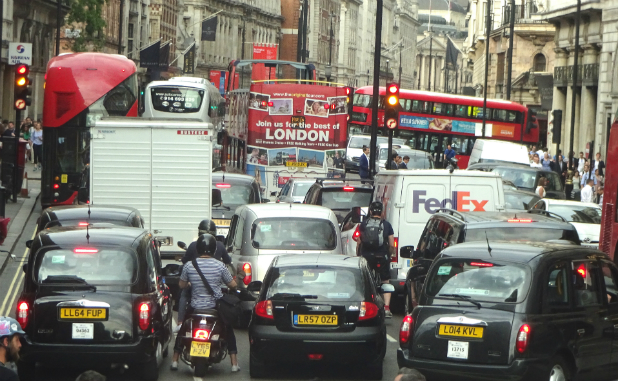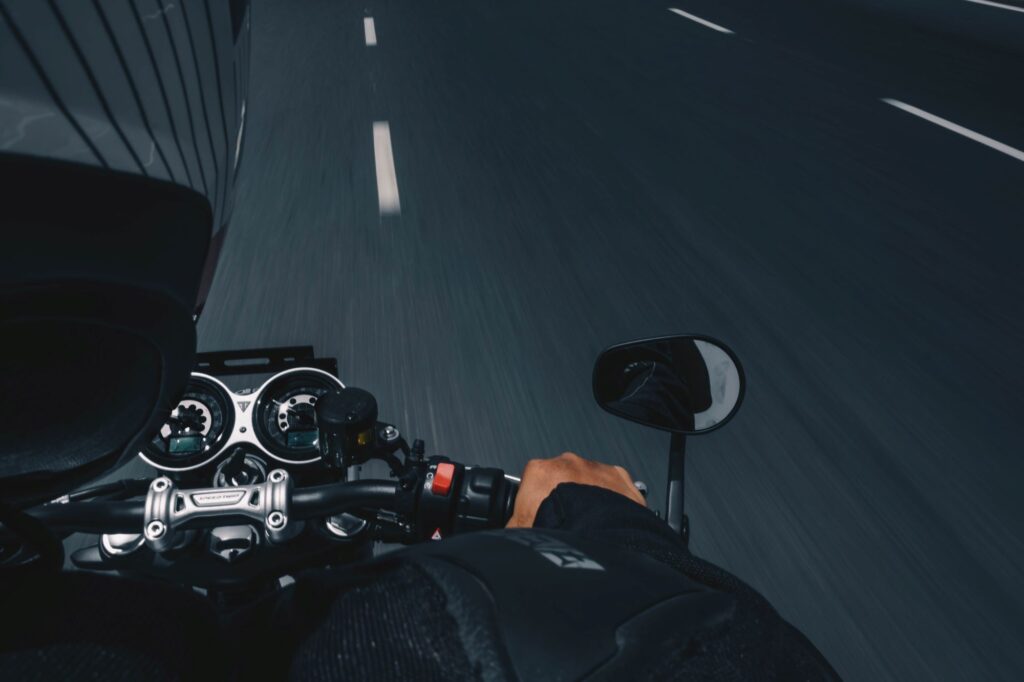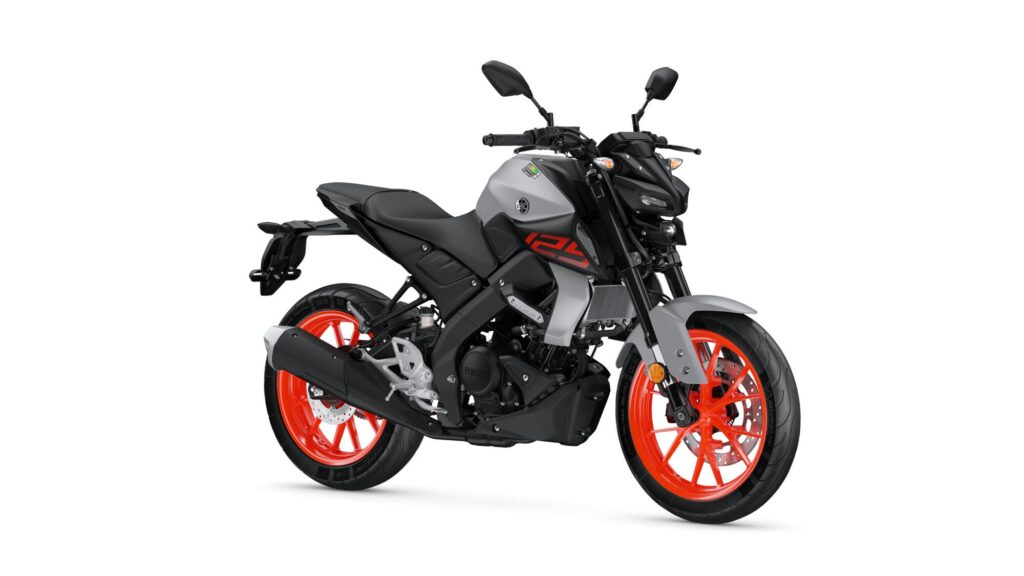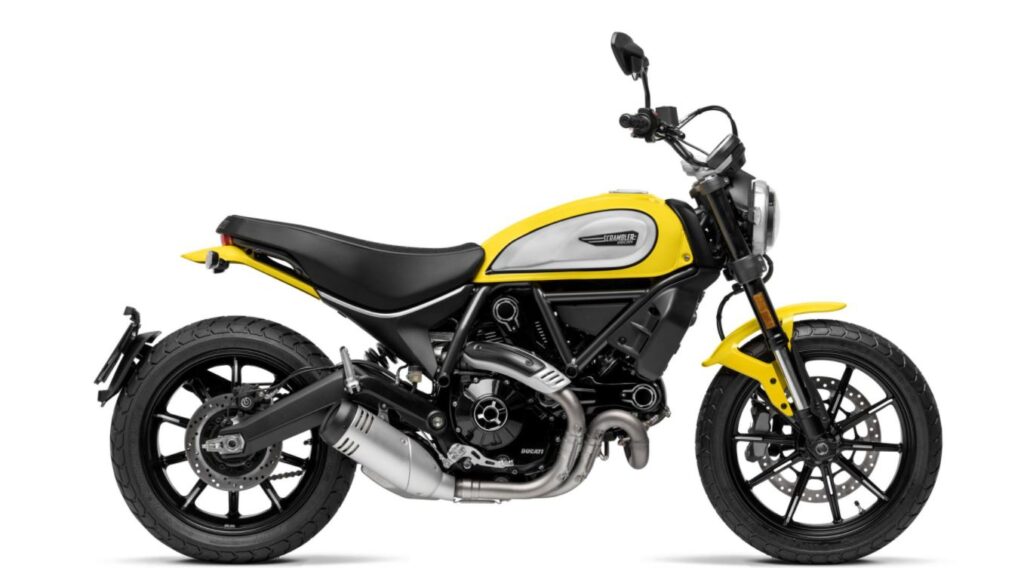Laughing gas has been putting a smile on the faces of bikers looking to turn their engines from mild to wild at the flick of a switch for decades.
Technically known as nitrous oxide, or simply nitrous or NOS, the gas is a cost-effective way of adding increased power as and when it’s needed.
But many are still unsure of the legality, safety and insurance implications of nitrous for motorbikes.
We spoke to leading experts Wizards of NOS to get the lowdown on the “magic gas”.
The UK nitrous business bubbled along for more than 20 years before the big bang in 2001 that changed everything.
That was when Paul Walker, Vin Diesel and co hit the screens in The Fast and the Furious, the first of eight movies (so far) in a phenomenally successful franchise that brought street racing to the big screen and thrust nitrous oxide from the shadows and into the limelight.
-

Paul Walker with the Toyota Supra from The Fast and the Furious
Dave, company manager for Doncaster-based Wizards of NOS, the only British manufacturer of nitrous kits for bikes and cars, says the film changed the trajectory for the business.
“Nitrous was more of a hobby for the boss in the beginning about 40 years ago, because on its own it wasn’t paying the bills,” he adds.
“It became more accepted in drag racing, and then people wanted it on their street cars and bikes. But the main thing that really saw it take off was Fast and Furious. As soon as that hit, all of a sudden people were after this magic gas.
“It was absolutely manic – 1,000 per cent sales increases. It made the company very successful as soon as the first and second films came out.
“As a company, we evolved, the nitrous market grew, and now it’s all we do. That level of demand has now died off and now it’s back down to more normal levels.”
Nitrous oxide, stored in liquid form in bottles on the bike or car, increases the engine’s power output by allowing it to burn more fuel because, when injected, the gas has a higher proportion of oxygen than air alone.
The gas supply is turned on and off by a switch, and is typically only used in short bursts when the extra power is needed.
Although it’s been around for a long time, Dave says they are still asked the same set of questions on a regular basis.
Is it legal? Is it safe? Can I get insurance? And how much can I have?
“Quite a lot of people thinks it’s illegal,” he says. “I had one this morning that didn’t know it was legal to use on the roads.
It’s all about education
“In terms of safety, it’s annoying that it’s had something of a reputation for so long. People assume that power in a bottle means they’re carrying an explosive, but that’s just not the case.
“Nitrous is a gas, not a fuel, and there is more potential of explosion from the fuel tank. A naked flame with nitrous will not make an explosion, which only produces power when mixed with the fuel.
“You have to try to tell people it’s safe, it’s not going to blow up if you’ve done it correctly, so it’s all about education and not being greedy.
“There are risks with all forms of tuning, but nitrous is one of the simplest things to fit. It’s about getting it in the right proportions so you don’t melt something and not putting too much in and overloading the physical capabilities of the engine.
“You need to make sure your spark plugs and fuel pump are capable. Problems can happen because someone hasn’t had a thorough look into everything. They’ve put so much power in but the pumps have not been capable.”
Dave and his team are always careful to ensure that newcomers to nitrous oxide are fully educated before they leave the premises.
-

Wizards of Nos nitrous kit - A Wizards of Nos motorbike nitrous kit
“People often ask ‘how much can I get?’ We don’t let people go away the first time with too much power,” he explains. “No more than 25hp, so they can’t go off and do any damage to themselves or wreck the engine if they don’t know what they’re doing.
“We’ll then provide advice along the process of gaining more power.”
There’s also a common misconception that fitting nitrous to a motorbike will result in excessive wear and tear on the engine.
But Dave, who has worked for Wizards of NOS for more than 20 years, says whatever extra wear there is over a standard engine is minimal.
“We can’t say there’s not going to be any wear and tear because we’re giving more power but, unlike turbos and superchargers, you’re talking about using it for a matter of seconds per time – you’re not going to be on it continually.
“Even on a track, there isn’t enough gas in a bottle to be on it all the time. So whatever extra wear is minimal.”
Nitrous can be fitted to anything with an engine
Nitrous kits can be fitted to anything from a moped up to a superbike.
“That’s the beauty of nitrous really,” says Dave. “You can fit it to everything. We get people who already have a turbo – they’ve gone as far as they can go and they want to go further by adding nitrous.
“We’ve even done scooters and little radio controlled cars. If it’s got an engine you can put nitrous on it.
-

You can even fit nitrous to a remote-controlled bike “We can add it to a 50cc moped, probably only 5 or 10hp, whatever we feel is a safe starting point, then they can have more after that. In a smaller engine it can make a massive difference.”
Dave says the market in the UK is a tiny fraction of that in Australia and America thanks to those countries’ dedicated nitrous drag-racing series.
“You can get American kits over here, but I’ve been told they’re not entirely legal because they’re not EU rated,” he adds. “They use a lighter bottle with a thinner wall. I would advise first-timers to speak to us to make sure they get the right set-up for their bike.”
As for insurance, Bikesure – as a specialist broker – can provide cover for road legal bikes fitted with nitrous oxide kits, along with other forms of tuning.
Clearly, all modifications need to be declared so that the broker can find the policy best suited to each biker’s needs.
But, as Dave emphasises, there’s little different in performance between a smaller-engined bike fitted with nitrous oxide, and a bike with a more powerful engine to start with.
“If nitrous was not legal, then people who wanted it but couldn’t get it for, say, a 600cc bike, would simply buy a 900cc bike instead,” he says.
With power comes responsibility, and it’s a responsibility Wizards of NOS takes very seriously.
Nitrous oxide: a brief history
First synthesised in 1772 by English chemist Joseph Priestley, when it was known first as phlogisticated nitrous air and later Factitious Airs, medical trials had established its properties as a pain reliever before the end of the century.
By 1799 the British upper classes had adopted the gas as a recreational drug, holding “laughing gas parties”, more than 40 years before its first actual use as a dental analgesia.
Early in the 20th century, it was used as an oxidizer in rocket motors, and then aircraft in World War 2.
Luftwaffe aircraft used nitrous to maintain the power of engines at high altitude where the air density is lower, and to provide short boosts of additional power on Focke fighter planes.
The British used nitrous oxide injector systems in some night fighter variants of the de Havilland Mosquito and some versions of the Supermarine Spitfire.
In cars, the gas is most commonly used in drag-racing, principally in US-based series including IHRA and NHRA series.
Nitrous oxide: how it works
We’re going to keep this simple, or things will get very complicated indeed.
An internal combustion engine relies on a supply of oxygen to burn the fuel that makes the pistons pump.
If you can increase the oxygen supply, you can burn more fuel, and therefore increase power and performance.
Tanks of pressurised liquid nitrous oxide are connected to the Airbox or TB spacers for injection by feed lines.
The nitrous (and fuel in wet systems) are fed to the intake manifold when the throttle is opened wide, turning into a gas because of the lack of pressure in the surrounding air.
This causes a large drop in intake charge temperature, resulting in a denser charge, further allowing more air/fuel mixture to enter the cylinder.
As the piston compresses, the intense heat breaks the oxygen atom attached to the N2O (nitrous oxide), which is then free to be used in combustion and mix with the extra fuel to generate more power.
OK, it wasn’t that simple after all…
Top 6 nitrous oxide questions and answers
Will nitrous oxide it damage my engine?
No. Installed correctly, using reliable products, and tuned within the engine’s limits and it’s as reliable as a standard engine.
Are NOS systems legal on-road motorbikes and cars?
Yes, just remember to declare the modification to your insurer.
Is it flammable and is it safe to use?
No, it’s not flammable. Nitrous is not a fuel – technically it’s an oxidiser. It will make a fire that is already underway more ferocious if the cold of the liquid doesn’t put the fire out first. It has almost identical characteristics to carbon dioxide, which most people will know is used in fire extinguishers, and is just as safe to store. It won’t explode for no reason, and all bottles have safety valves installed.
Do I need to modify my motorbike before I fit a nitrous kit?
In most cases, no. For small amounts, which can still be significant on a bike (for example, 25bhp extra) the excess abilities of the components aren’t compromised. If you push further then yes, small mods might be needed. Maybe an uprated fuel pump or a second pump, just for the system, colder spark plugs, and you’re good for more power. To go for serious power then, just like any other mods, you will need to look at the strength of the engine and suitability of all the components.
Can I get insurance for nitrous oxide kits for a motorbike?
Yes, although every case is rated on its own merits and there are many more factors than just fitting nitrous that are taken into account when insurers accept risks and set premiums. For example, it might be more difficult for a young rider looking to ensure a bike with 75bhp of nitrous than for a more experienced rider. In most cases, it’s no different to any other mod that gives more power – you need an insurance company or broker that understands modifications, like Bikesure. We always advise to call first and check you can get cover.
How much extra power can I have?
How long is a piece of string? Wizards of Nos’s standard systems are capable of delivering up to an extra 150bhp, but not all bikes can take that. That’s why the systems are jetted – you can have as little as 2.5bhp. For example, though, a 600cc bike will easily take 25-50bhp, 900cc-plus 75bhp (possibly 100bhp depending on the specification of the engine).
For more frequently asked questions, head to Wizards of Nos.
You May Also Like …
https://www.bikesure.co.uk/bikesureblog/2020/04/how-fast-50cc-125cc-scooters.html





